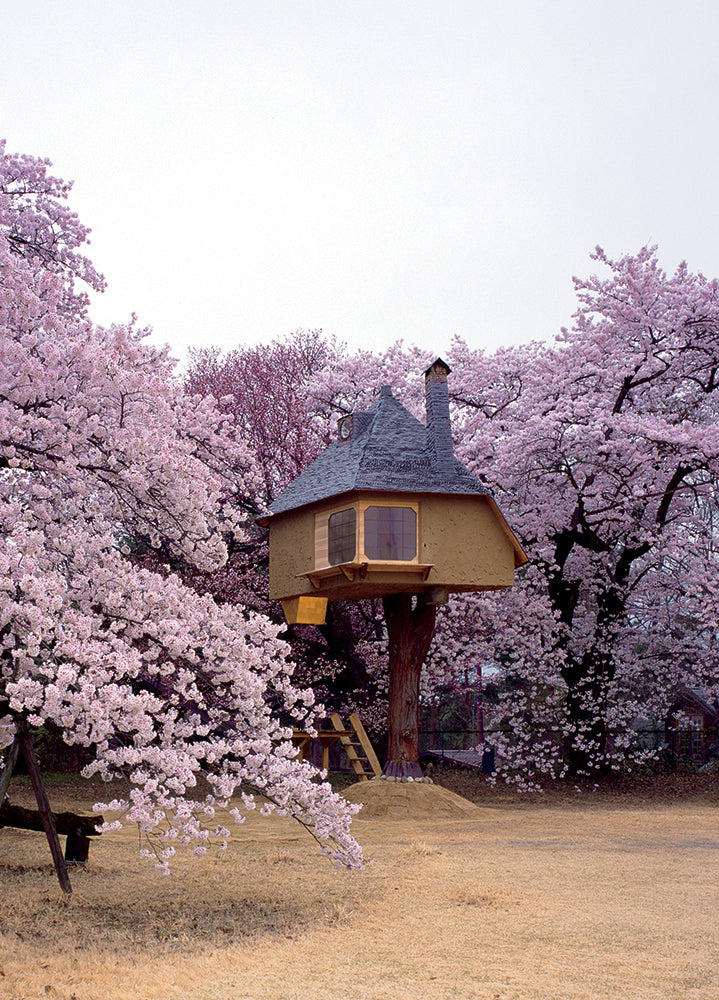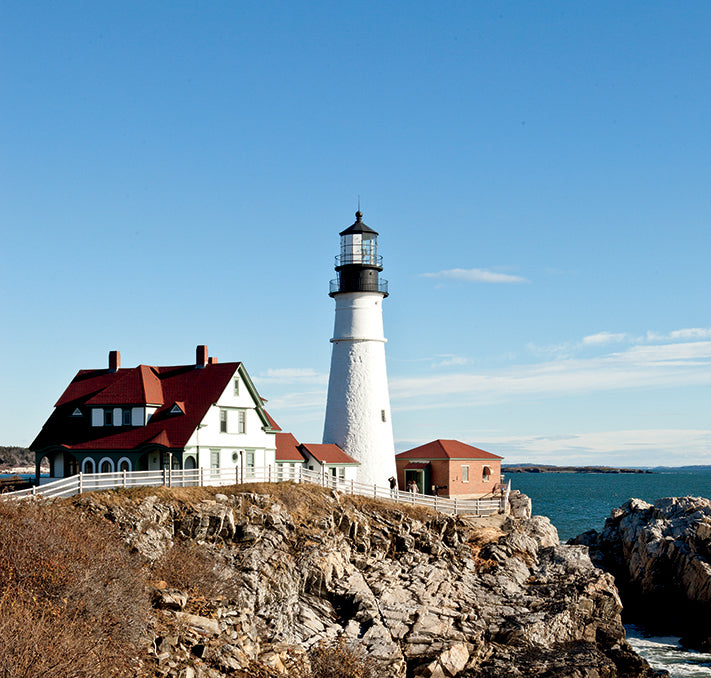
Passport: Tokyo
PASSPORT: TOKYO

Bellow are some orchestrated escapes to guide the adventurous yet discerning Gentleman on a journey through Tokyo.
Tokyo epitomizes the classic sci-fi conceit that even on planets far, far away and millions of years in the future, society will have an inextricable appreciation and fascination with the past. The entire frenetic city is a heterogeneous mix of the old with the most wildly new. The streets, lined with soaring, cement and glass facades and glowing neon signs, are peppered with black, boxy taxis with illuminated rooftop globes. White-gloved drivers sit on the right, drive on the left and calmly navigate the elaborate web of passages and highways that cut a maze through the city.
And what a maze it is. Addresses seem to have been created and changed on a whim and often involve a third dimension. Storefronts in this town are a luxury and many of the greatest spots sit beneath the ground or multiple stories above. Where Westerners usually associate second-floor retail with money laundering or happy endings, the Japanese will put a beautiful bar, club or restaurant anywhere with four walls and a floor. It’s like they watched Blade Runner and embraced the economic potential of capitalizing on views from flying cars decades before cars have even begun to hover.
That said, don’t approach Tokyo with big to-do lists. Pick a neighborhood, get lost , and sneak up and down a few sinister-looking staircases. Every time you enter a space like this, you’ll get the same thrill that New Yorkers do who discover “secret” holes-in-the-wall and go on about the find for the rest of their lives. If concerned about weeding through some of the layers, follow the small signs with nice, simple fonts (in Japanese, English or French). The tactic almost never fails.
Hakushu

Two hours west of Tokyo, in the picturesque Yamanashi prefecture, lies a bird sanctuary that happens to make whisky. The name of the town and distillery — Hakushu — means ‘white sandbar,’ and refers to the white sand that lies at the foot of Mt. Kai-Komagatake, formed by a pure stream of soft water driven by melted snow.
Mountain water, from the Ojira and Jingu rivers, designated by the Ministry of Environment as the best in the country, brought the producers of Suntory Whisky to the region in 1973, to build a distillery 700 meters above sea level on the 50th anniversary of their Yamazaki distillery to the south; a place located in a misty forest where two pristine rivers meet near Kyoto.
Ninety years — a blink of an eye in Japanese history — after Suntory founder Shinjiro Torii apprenticed in Scotland and then built Japan’s first whisky distillery whisky is no longer synonymous with Scotch. By combining production methods of the world’s best whiskies with measured ingenuity and craftsmanship, Suntory has risen out of the shadow of Scotch. They just won “Distiller of the Year” at the 2012 International Spirits Challenge held in London.



J’antique
Its rooms are filled with nostalgic pieces from all over the world: door hooks and knobs, sea clocks stripped from old ships and silver treasures. You will find a meticulously selected collection of vintage clothing, American Indian trade blankets, linens, hats and more. It’s like sifting through all your favorite flea markets, all in one stop.



Rugged Museum
The Rugged Museum is Japanese cult-style- mag Free & Easy in the flesh. And, just as you would expect from the exhaustive cataloging of its pages, the Museum touts itself as a vintage Hall of Fame. Inside, designers have reconstructed an airline fuselage throughout the showroom, and endless iterations of menswear crown the spaces between. It’s a place worth visiting periodically as new narratives are curated monthly. As might be expected, the clothing collection is largely focused on heritage brands.


Kapital
A boutique that feels like the large, walk-in closet of a world-traveler, Kapital takes pride in scouring the globe for indigenous pieces of clothing and accessories, and then pairs them with quality, denim craftsmanship. The collection speaks equally to men on the trail of far-flung adventures, as well as to those with a more reserved, cosmopolitan cool.


United Arrows
A four-story, limestone château, United Arrows carries every chord, shirt, sweater, scarf, trouser you ever wanted in four colors at least. On the top floor, a custom kimono shop preserves the old-world tradition with an array of historic and precious fabrics for the new collector.



Dover Street Market Comme des Garçons
This seven floor emporium is a carnival of artistic expression resulting in what could rightfully be called ‘beautiful chaos.’ Fashion brands include Yves Saint Laurent, Thom Browne, Junya Watanabe, Alexander Wang and Rick Owens. But what takes it to the next level of fun is the collection of art and installations that range from the life-sized, elephant sculpture on the 1st floor gallery space to the Cindy Sherman photographs that greet you at each landing. It’s a rare successful example of “fashion meets art.”





The Barber Shibuya
An afternoon at The Barber can feel like regaining a few years of life. From the choice of treatments, to the excellence of service, the prop-styling as you enter the shop, to the sound of jazz, The Barber epitomizes the ideal of retreat. Before you doze off, take note of the surgical precision with which your barber approaches your mane. Go for the full package, which includes a twenty-minute, facial massage and you will leave with a new understanding of bliss. For a more exclusive setting, a private lounge downstairs is equipped with a state-of-the-art sound system, a vinyl collection and a movie screen just in case you needed extra entertainment.


Santoka
Tucked in the small village of Harajuku, Santoko not only warms your soul, but satisfies a healthy appetite. Ramen is a central part of Japanese food culture and this no-frills family owned and operated space confirms that excellence is in the mastery of the broth. Order the ramen bowl with thin slices of slow- roasted pork belly and you won’t have any regrets.


Private Eyes
A big collection in a tiny store, Private Eyes is the place for the serious watch collector. Their offering of antique, vintage, formal and sport watches admit no competition. They pride themselves on the rarest acquisitions, and the man who prefers a more substantial timepiece with a sportier casing will have his day here. As well as the timepieces, they also have a meticulously curated case of antique rings and pocket accessories, many of them from the Freemasons.


Carese Co.
A full-service shop with a beautiful collection of lux, vintage wristwatches. The space, which feels like a men’s cigarette lounge with tables lining the walls, seems like it could very well serve you a martini. Although the store focuses on more formal pieces you’ll also find an assortment of vintage collectables such as die-cast models of cars and animals, rare desk clocks and signage. Make an offer as sometimes these hard-to-find objects are for sale.


Visvim
Go past the bio-nursery and through the water structure, and you feel as though your mind is being carefully cleansed in preparation for all the offerings beyond. The clothing pays homage to American heritage brands with strains of Native American pattern and ornament. Japanese denim construction and Japanese work shirts also weave their way throughout the collection, while jewelry and footwear provide accents that any nomad would be proud to own.


Badou–R (45 rpm)
A two story Zen retreat for the denim devotee 45rpm is a leader in traditional, Japanese indigo dying and handmade craftsmanship. Natural elements in the store accentuate select fabrics from around the world. Relaxed and subdued, there’s something for everyone among their highly wearable, street-ready collection.



Journey
Literally a niche store, Journey lives in the small gap between two buildings and specializes in exceptional, outdoor equipment that’s as style savvy as it is functional. From water canteens to journals, tents to carabiners, rugged boots, alpaca sweaters and rain hats this shop is well worth a stop whether you’re planning an expedition, or just like to look like you are.


Happoen Garden Tea House
Balance is key when in Tokyo and finding it can make all the difference in your visit. The Happoen Garden is the perfect place to reconnect for a moment and check in on an ancient ritual. Stroll through the garden and take in the incredible, manicured Bonsais, and then spend some time in one of the pagodas overlooking the Koi pond. After you’ve caught your breath, make your way to the teahouse. Served in a room with a tatami-mat floor you’ll observe this beautiful ceremonial preparation of Matcha tea and enjoy a light meal.



Brick
On a relatively quiet street in Ginza – just down the road from a few, elegant, bespoke suit and kimono shops — sits Brick, a seemingly rare ground-floor watering hole featuring an even rarer exterior detail – an actual storefront sign (this one composed of large, yellow, illuminated, sans serif Roman letters). The dark, wood-paneled whiskey den with equestrian touches dates back to 1952 (old enough for a town that was nearly decimated in the 1940s). There, the cheap (but smooth) Suntory Tory’s blended whisky and the pricey Yamazaki 18 Year are poured, separately of course, over phenomenally large ice blocks into high-ball glasses that bare the bar’s name in red biblical font. The vinyl on the wooden bar stools shows wear and cracks, helping fuel visions of expats and natives comingling there as drinking allies after the war.

Tsukii Fish Market
The fish come even fresher across town at the Tokyo Metropolitan Central Wholesale Market, the Tsukiji. The crack-of-dawn giant tuna auctions are the stuff of legend, but arriving in the afternoon still yields plenty of visual fireworks — and blood. Tuna heads sit in heaps next to giant machinery originally designed to level forests, eels slither in wet vats, turtles cower in their shells seemingly contemplating their futures as soup. Dock workers and fisherman don baggy pants that balloon out of their rain boots and make them look like maritime gauchos. They smoke furiously, scoot around on curious little transporters which are part forklift, part Segway and carve their fish with swords fit for a samurai. It’s a completely old-world, underworld business to support one of the most sophisticated modern cuisines served in restaurants in the sky.




